A Rock and a Hard Place: Making Foxhole Markers for FOW
By Richard Steer
Tokens play an important role in Flames of War by marking the status of your units. The tokens in the Battlefront Gaming Sets are nice, but they do detract from the visual appeal of the game, particularly after the lengths we go to painting our miniatures in historical colors and creating realistic terrain for them to fight over.
The FOW token sets include four Foxholes markers, with the intention being that one marker is used per dug in unit. At times it is beneficial to have foxhole markers for each team, particularly when teams consolidate during the Assault step, so I am making myself a bunch of them.
The terrain that the North Africa battles were fought over was often hard and rocky, and at times the best way of achieving some form of protection was by building sangars: a protective position built up using rocks, sandbags, and any other available materials, rather than trying to dig down below ground level. This is the style of entrenchment that I am replicating as the foxhole markers for my North Africa armies. The primary goal is for these markers to complement the appearance of the miniatures, and to clearly indicate to everyone playing that the troops are dug in.
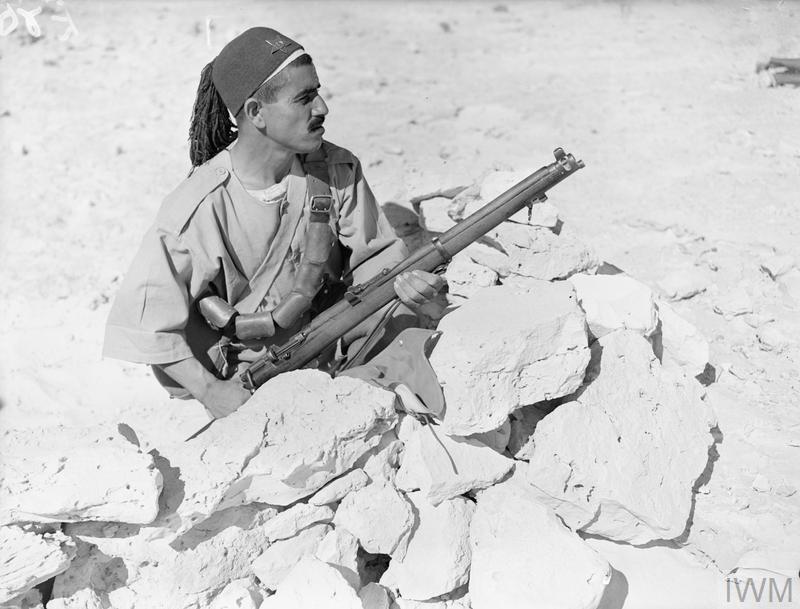
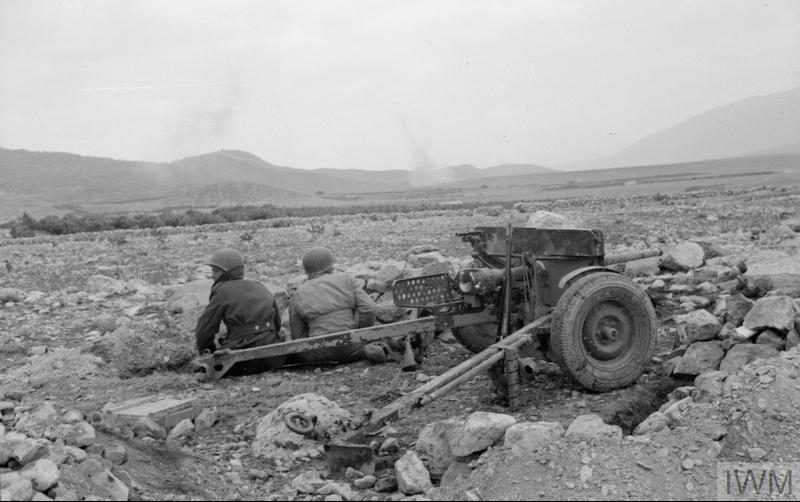
As a base for the markers, I am using some of the old-style grey FOW bases that I have recovered from an old project. I like these because I want the markers to be in the same style as the basing for the teams themselves: the same width with matching beveled edges. The rounded corners are also helpful, as when resolving consolidation moves in the Assault step they make it clear which side of the marker the foxhole’s position was located. They could equally be made using MDF or plastic card.
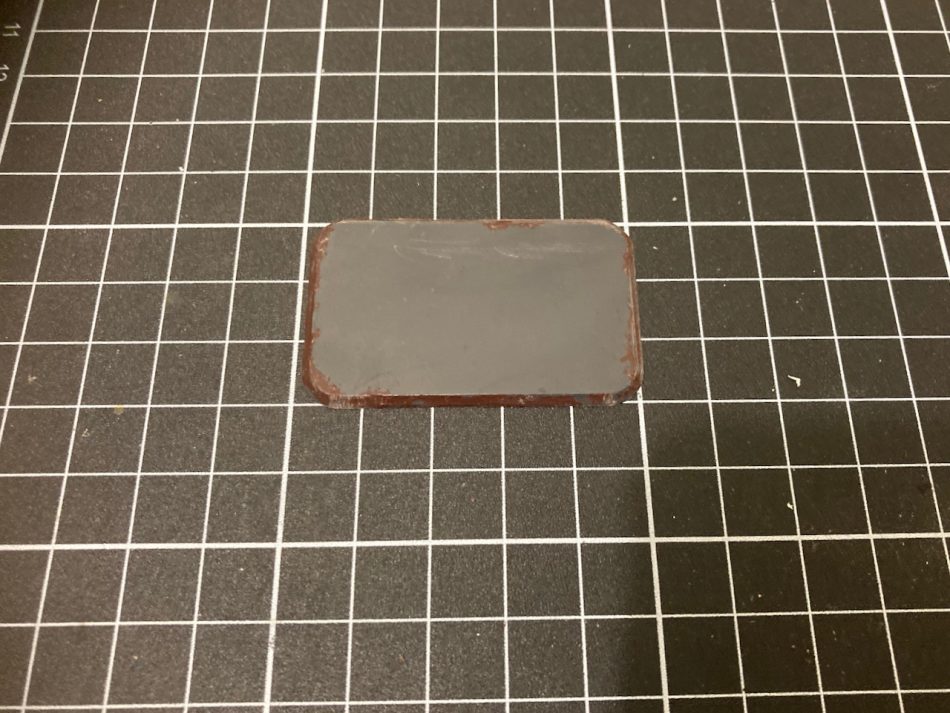
I start by cutting the old bases in half. From a medium base, this gives two markers measuring 50mm x 16mm, or from a small base they are, 32mm x 25mm.
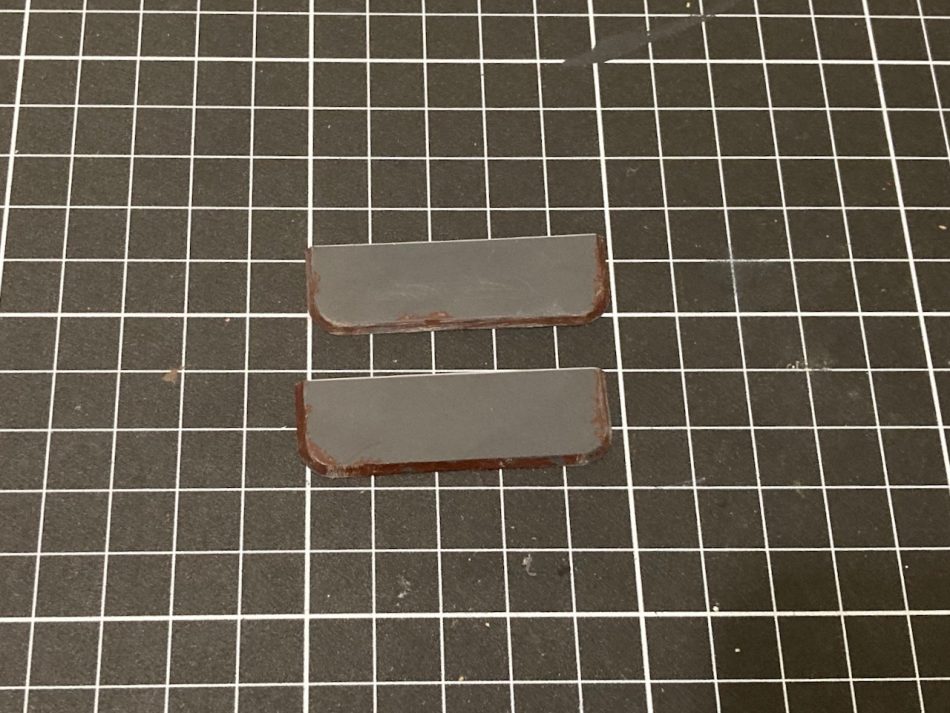
The concept is to build up the rock wall with layers of PVA glue and stones, for which I am using Woodland Scenics Medium Talus.
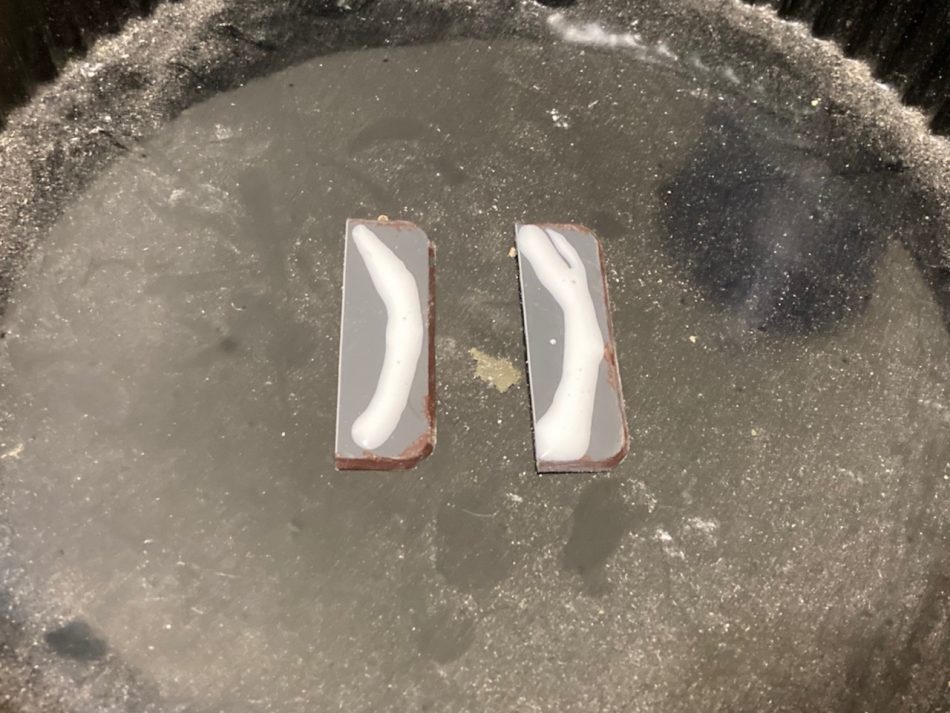
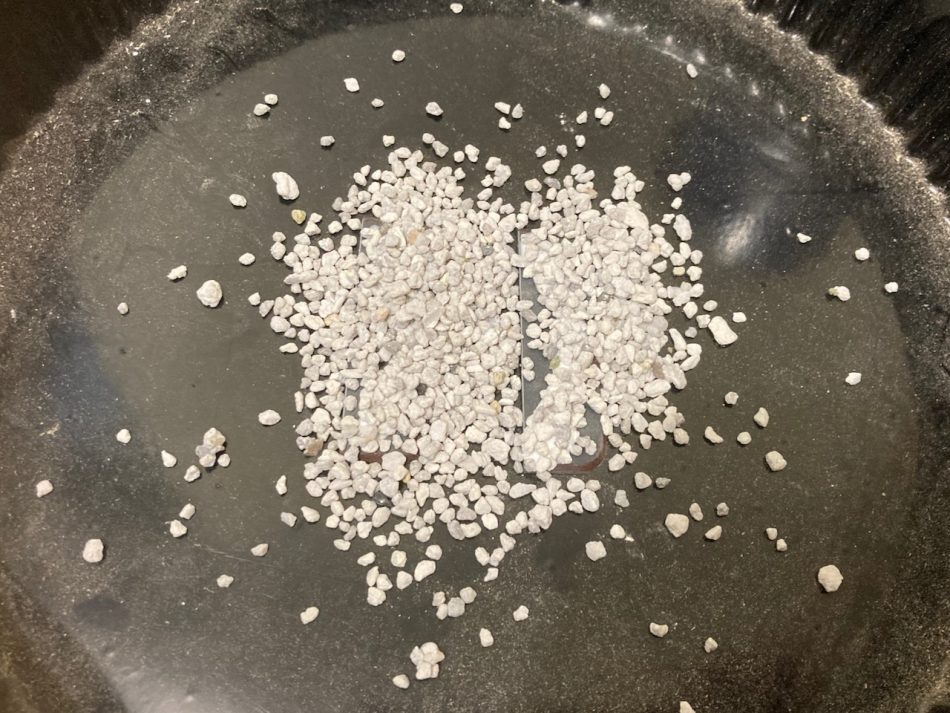
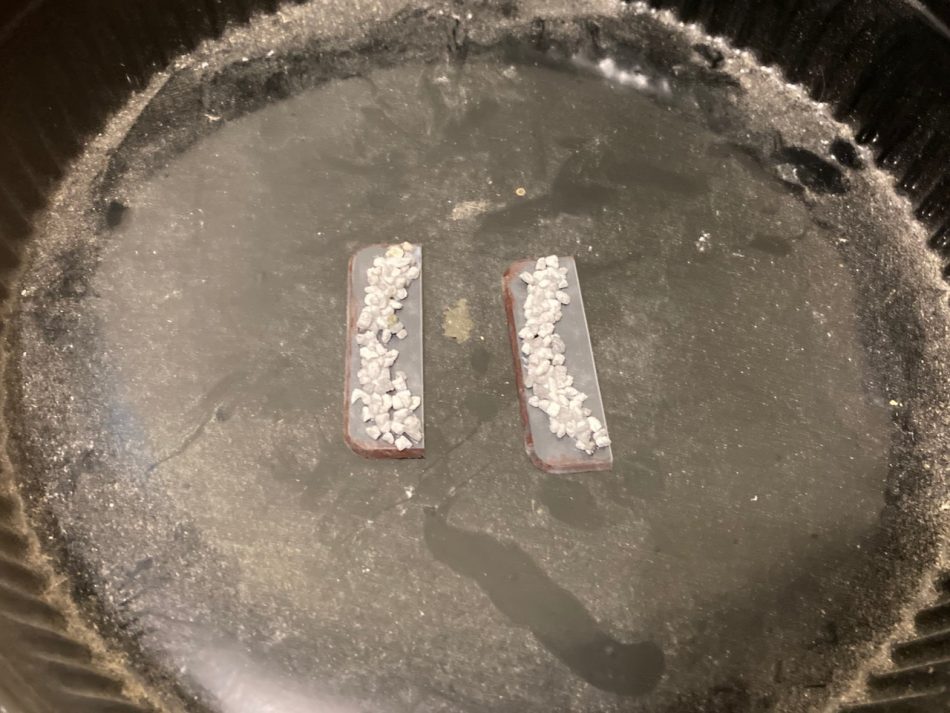
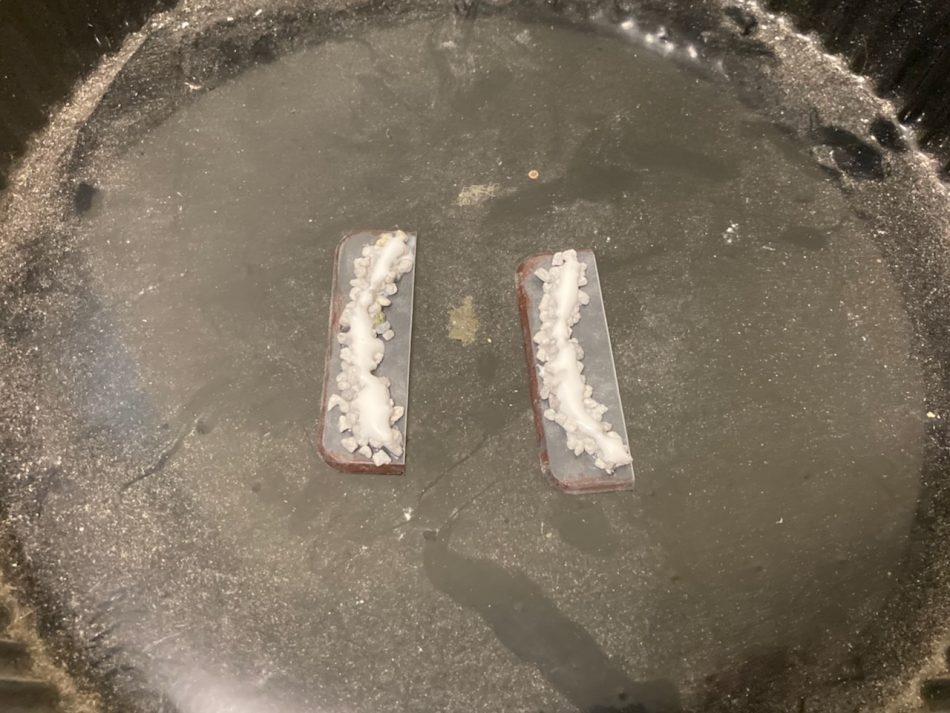
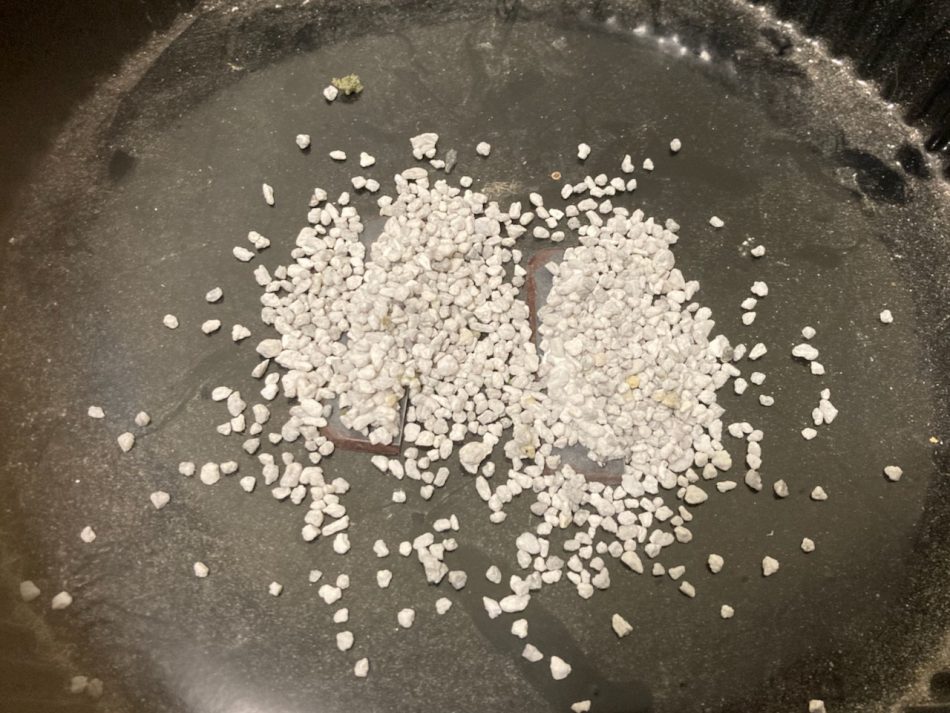
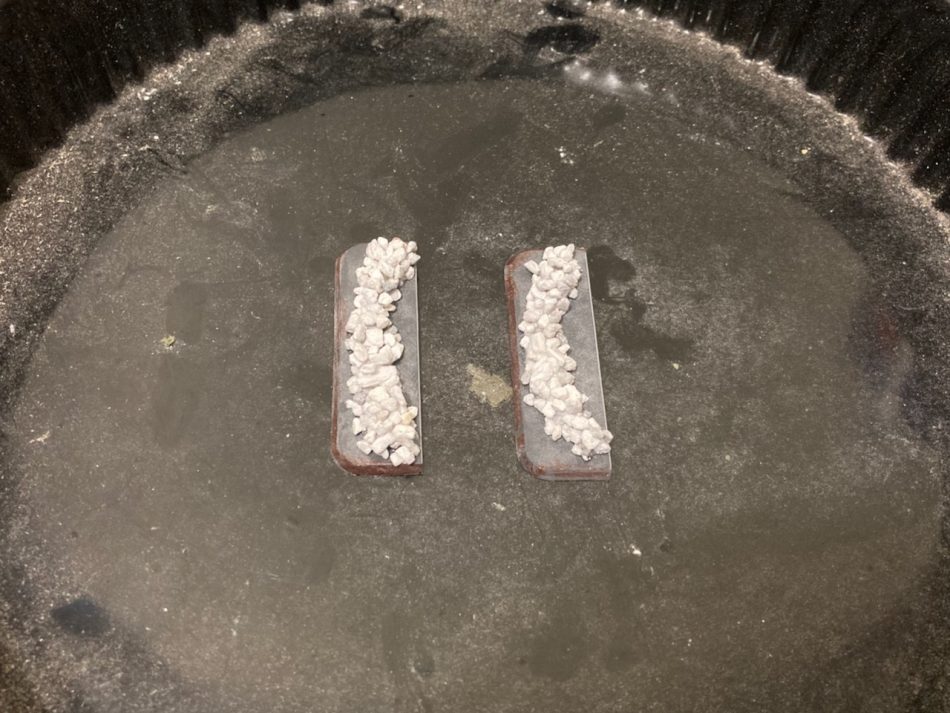
The process is repeated as many times as needed to create the desired height for the wall, but two or three layers should be enough. If at any point in the process there are any stones that aren’t sitting right, they can be easily removed and then glued back into a more natural position.
The final step is to base the markers to match the basing for your army. If you haven’t settled on a basing style, there’s a good article with ideas for desert basing on the FOW website. My basing color palette is Vallejo Brown Violet with dry brushed layers of Khaki, Stone Grey, and Deck Tan, so I painted the rocks Stone Grey over black primer, with a Deck Tan highlight.
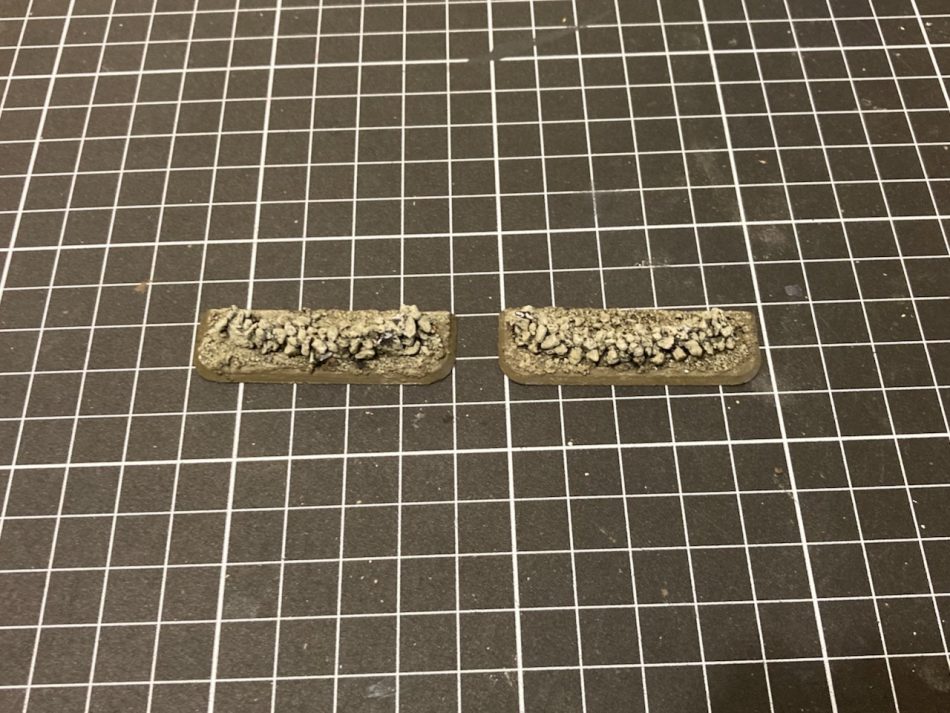
And that’s all there is to it. It’s a relatively quick and straightforward method for making as many foxhole markers as needed to entrench your entire army.
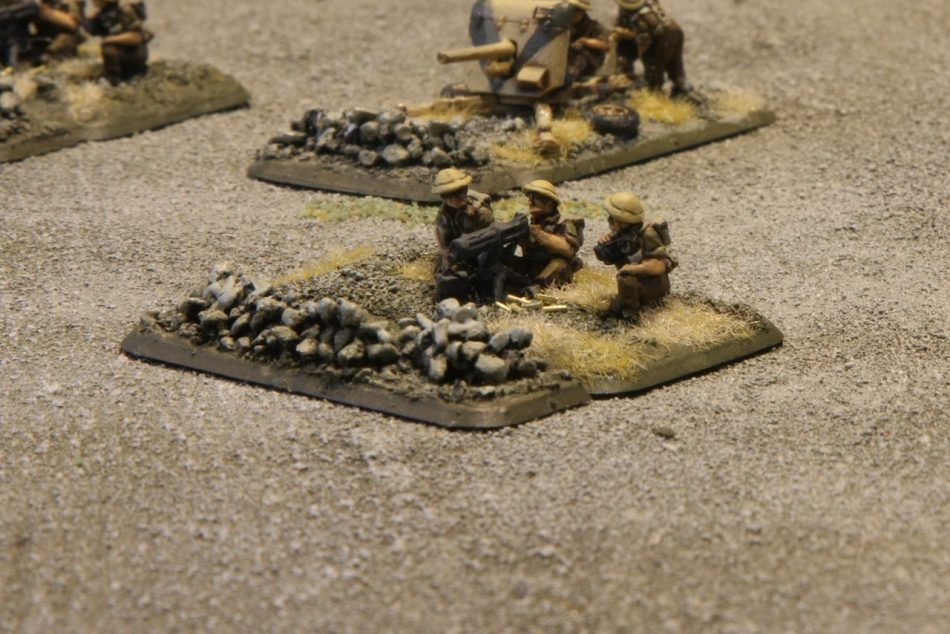
There are other applications too: I have also used the same technique for making stone walls for a set of Italy-themed terrain, with layers of talus glued in rows onto strips of MDF.
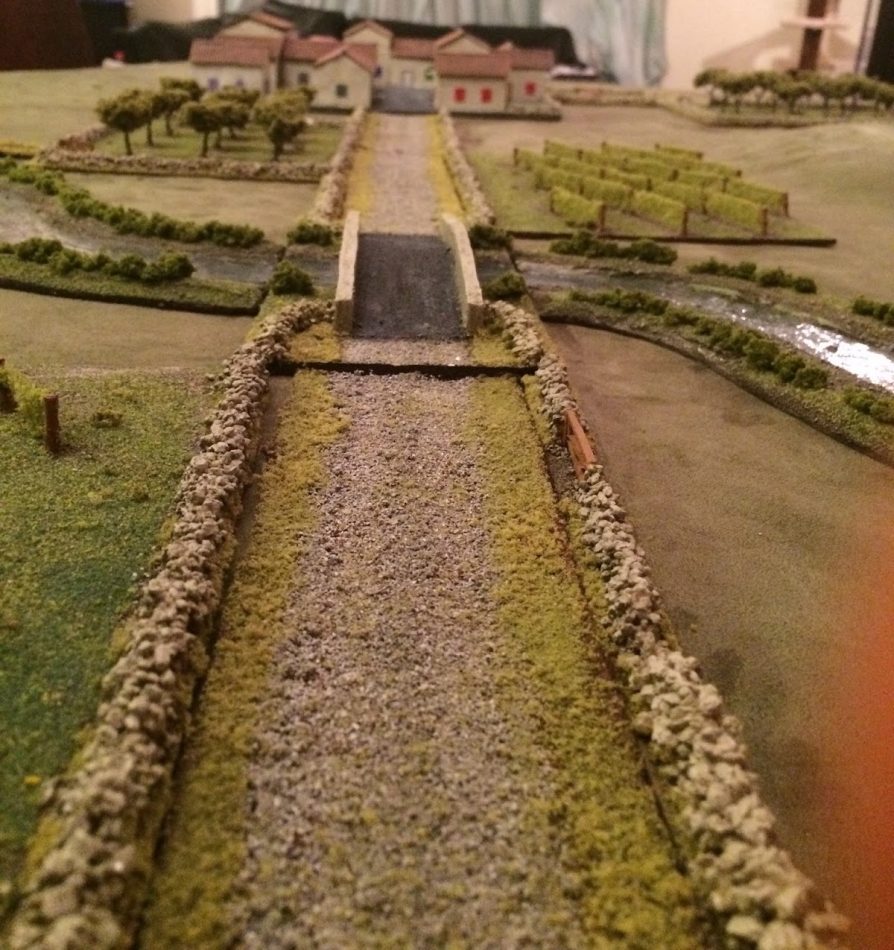
Title image: THE BRITISH ARMY IN NORTH AFRICA 1941 (E 5512) A rifleman watches enemy bombers attacking Tobruk. In the distance, an Italian lorry, loaded with ammunition, has been hit, 12 September 1941. Copyright: © IWM. Original Source: http://www.iwm.org.uk/collections/item/object/205203624

Simple but elegant, thanks for sharing this terrain tip!
Thanks Jonathan, I’m glad that you found it useful.